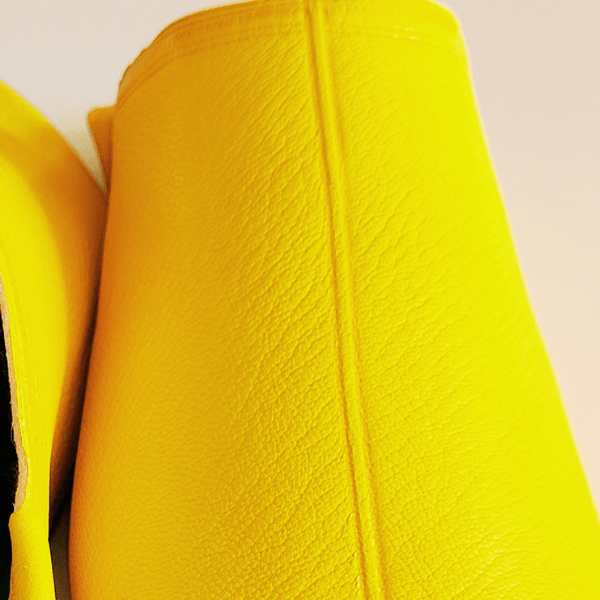Craftsmanship of Fez Moroccan Slippers: Step into Fez, Morocco, where rich cultural heritage and exquisite craftsmanship converge. Additionally, among the traditional crafts, Ziwani Babouche, also known as Ziouani slippers, stand out. These iconic slippers reflect Fez’s heritage and tell the story of Moroccan craftsmanship. Furthermore, in this blog, we explore the history and handmade process of Ziwani slippers, revealing the passion and dedication behind each pair.

The Origins of Ziwani Slippers
The fascinating history of Ziwani slippers dates back to the 9th century. Moreover, it is believed that Andalusian refugees, who settled in Fez during the Moorish era, introduced the art of slipper-making to the city. Over time, this craft gradually became an integral part of Fez’s cultural identity. Additionally, each pair of slippers narrates a tale of tradition, elegance, and skill.

Materials and Tools from Old Centuries in the Craftsmanship of Fez Moroccan Slippers
To create Ziwani slippers, artisans meticulously select high-quality materials, ensuring durability and comfort. The main material used is soft, supple leather, which is often sourced from local tanneries. Skilled craftsmen also employ a variety of tools, such as needles, awls, and scissors, to bring their creations to life.

Stylish slippers Ethnik
Step into luxury with our exquisite Moroccan slippers. Made from hand-pigmented goat leather, these elegant slippers for ladies and gentlemen showcase the artistry of the Chouara tanneries in Fez. Experience the timeless beauty of the “ziwania” slipper.

The Handmade Process and Craftsmanship of Fez Moroccan Slippers: Unveiling the Fascinating History of Ziwani Slippers
- Pattern Design: Crafting Ziwani slippers begins with artisans designing the pattern. They meticulously draw intricate motifs and shapes on paper, ensuring precision and symmetry.
- Leather Preparation: Once the pattern is finalized, artisans cut the selected leather into the desired shape. They pay close attention to detail, ensuring precise cuts to maintain the design’s integrity.
- Stitching and Embroidery: Skilled craftsmen then stitch the leather pieces together using traditional hand-sewing techniques. This step requires immense precision and expertise to achieve a seamless finish. Artisans add embroidery, often featuring vibrant colors and intricate patterns, to enhance the slippers’ beauty.
- Sole and Finishing Touches: The next step involves attaching the sole to the upper part of the slipper. Traditionally, artisans use camel leather for its durability and flexibility. Finally, they add final embellishments such as beads, sequins, or tassels to complete the unique look of each pair of Ziwani slippers.

Preserving an Ancestral Craft:
The art of making Ziwani slippers passes through generations, with master artisans preserving ancestral techniques. Fez hosts numerous workshops where skilled craftsmen ensure the continuity of this traditional craft, keeping Moroccan heritage alive.
Ziwani slippers, with their timeless elegance and remarkable craftsmanship, are a testament to the rich cultural heritage of Fez. The intricate handmade process and the centuries-old story behind these slippers make them more than just footwear; they are a symbol of tradition, artistry, and the enduring spirit of Moroccan craftsmanship. So, the next time you slip into a pair of Ziwani slippers, take a moment to appreciate the skill and dedication that went into creating this exquisite piece of Moroccan heritage.


